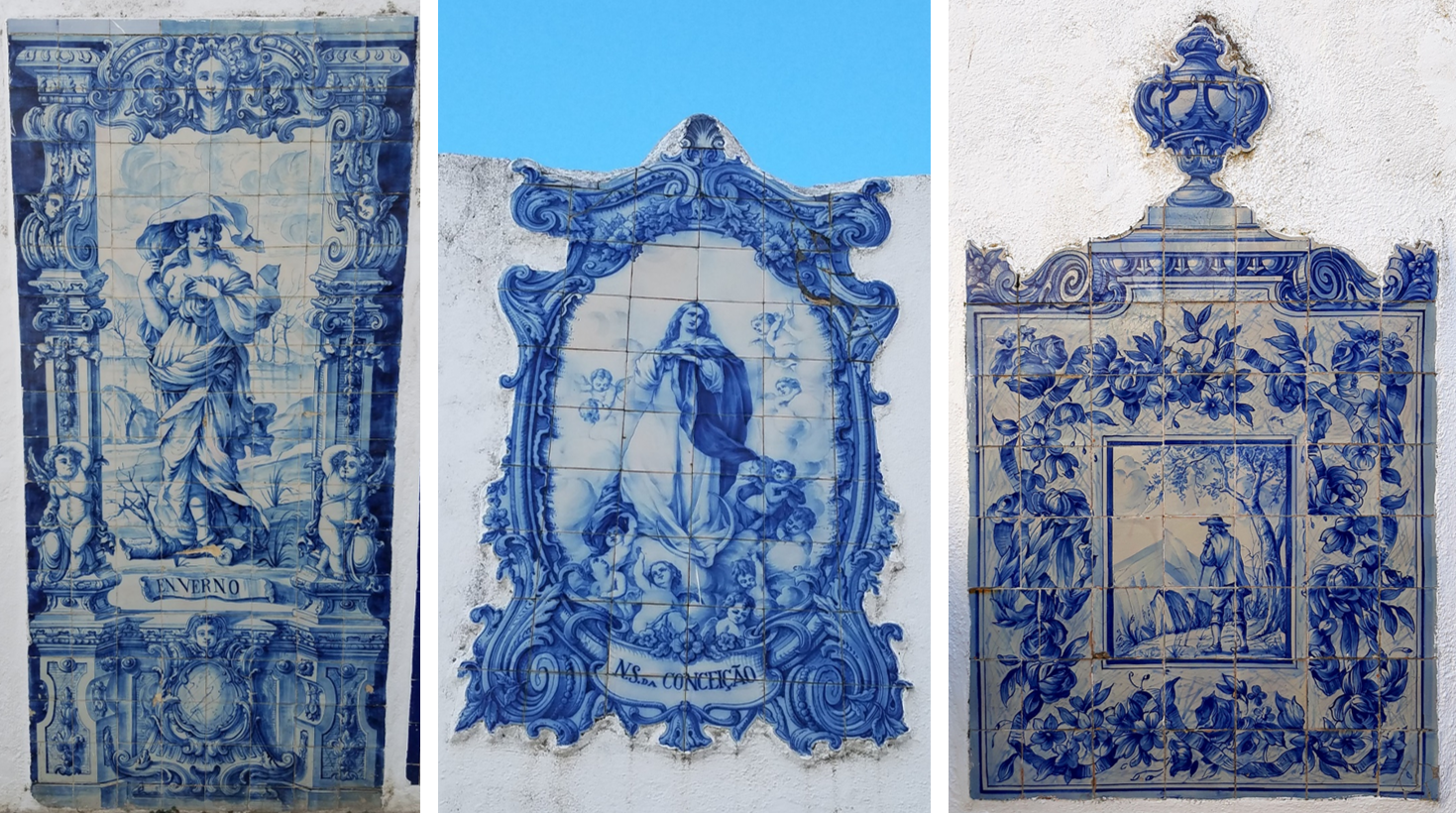 We have always had a great fascination with tiles. Our interest increased when we saw the program “Voyager”, produced by Josh Garcia, where he visited the Sant’Anna Factory in Lisbon (Portugal). It is then we learned that this factory was an essential part of the reconstruction of Lisbon, after the terrible earthquake of 1755.
We have always had a great fascination with tiles. Our interest increased when we saw the program “Voyager”, produced by Josh Garcia, where he visited the Sant’Anna Factory in Lisbon (Portugal). It is then we learned that this factory was an essential part of the reconstruction of Lisbon, after the terrible earthquake of 1755.
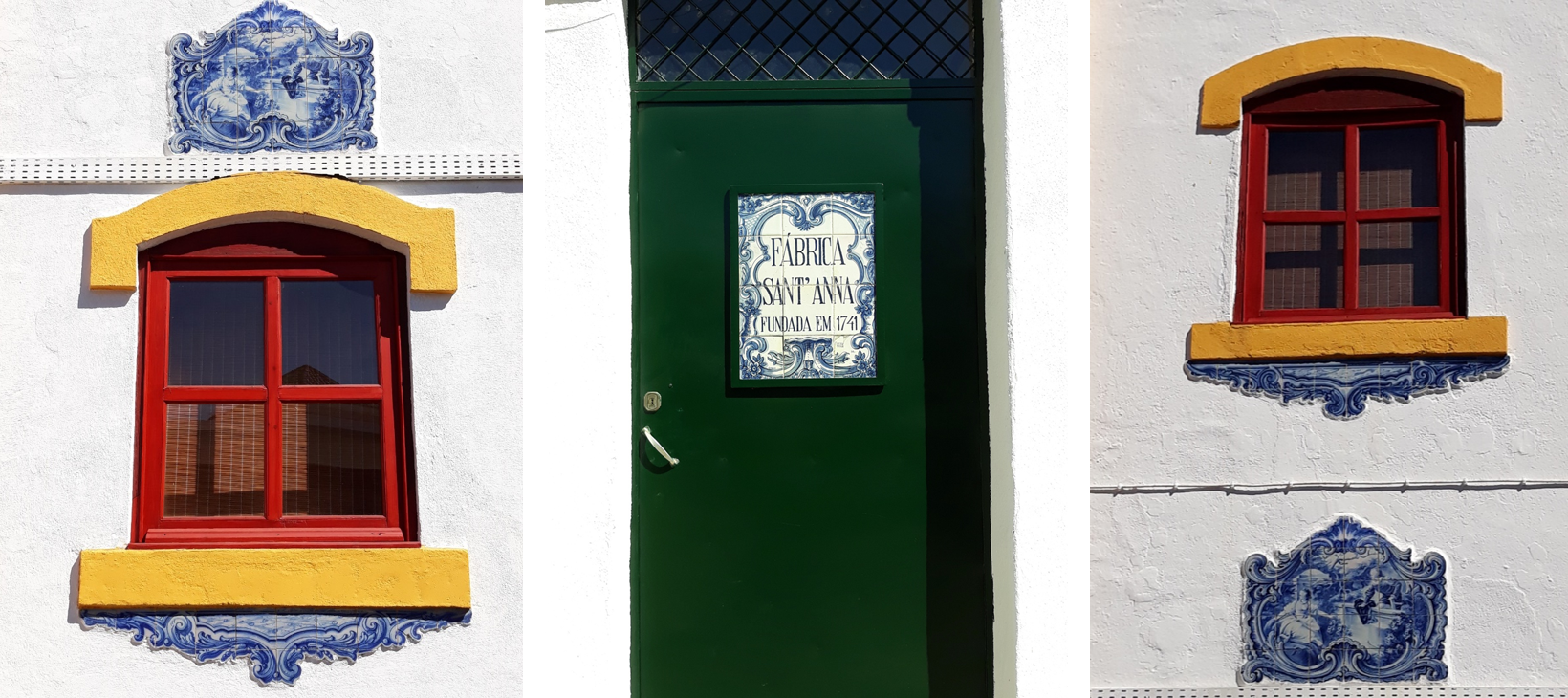 We confessed that although we had the right address, it was not easy to locate the factory, and incredibly, the people we asked how to get there, were unaware of the place. We did not give up and after walking through several streets and consulting Google Map, we did it, we reached Calçada da Boa Hora.
We confessed that although we had the right address, it was not easy to locate the factory, and incredibly, the people we asked how to get there, were unaware of the place. We did not give up and after walking through several streets and consulting Google Map, we did it, we reached Calçada da Boa Hora.
The Sant’ Anna Factory continues to produce tiles with the oldest and traditional Portuguese techniques from this location.
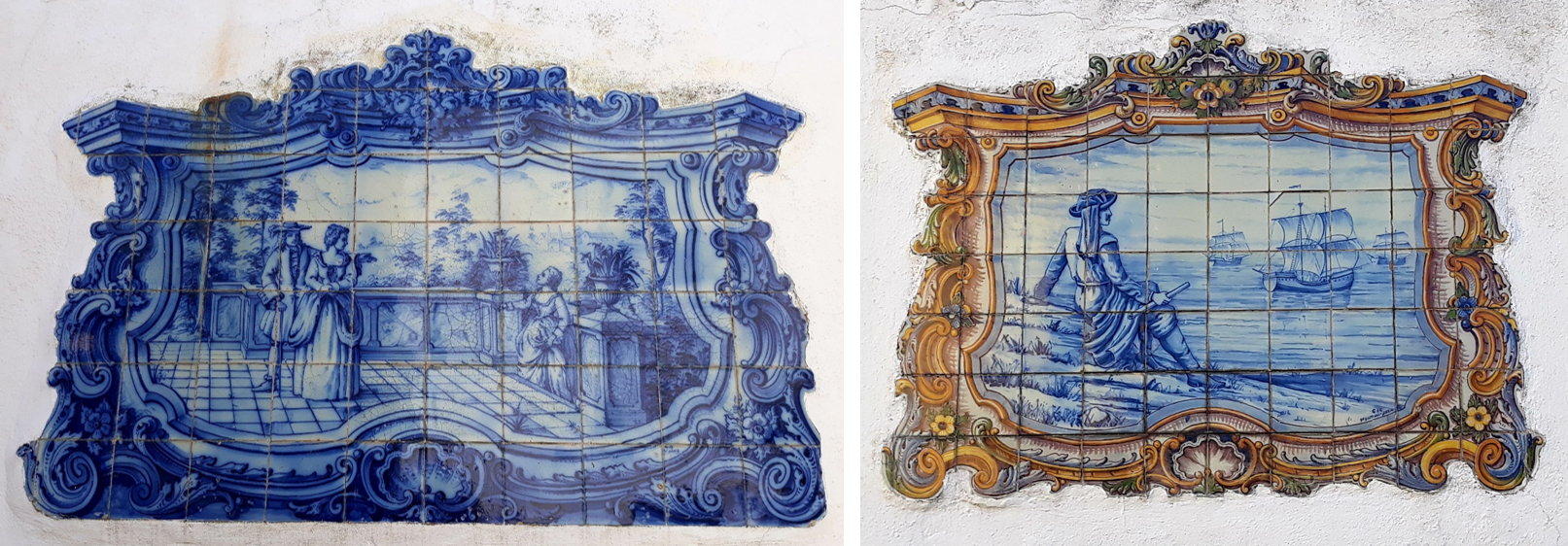

In Portugal, the taste and appreciation for the tile is introduced by the Moors in the mid-15th century. By the 16th century, the production of tiles with Italian and Flemish influences began and in the 17th century they adopted Dutch tendencies.
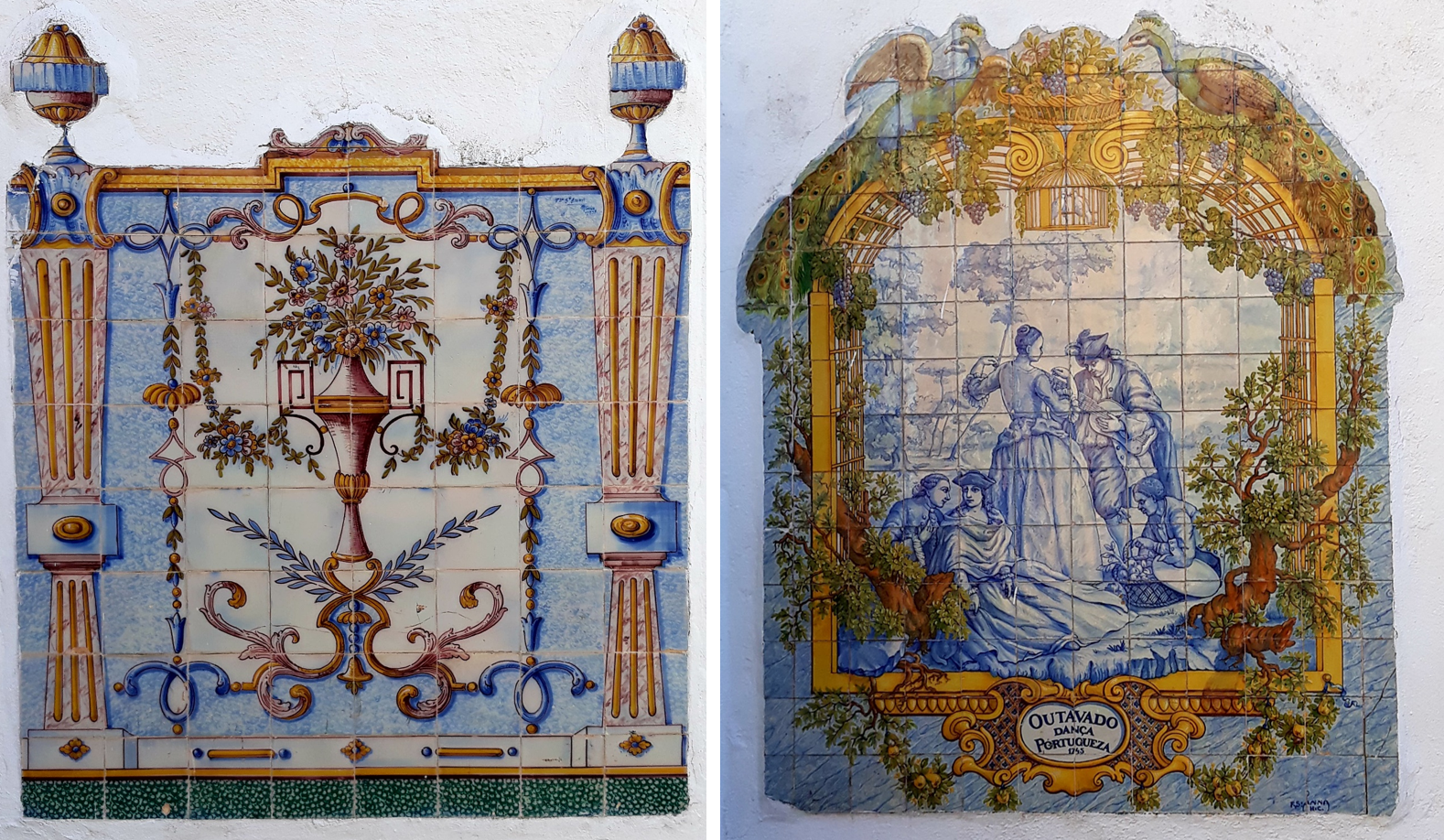
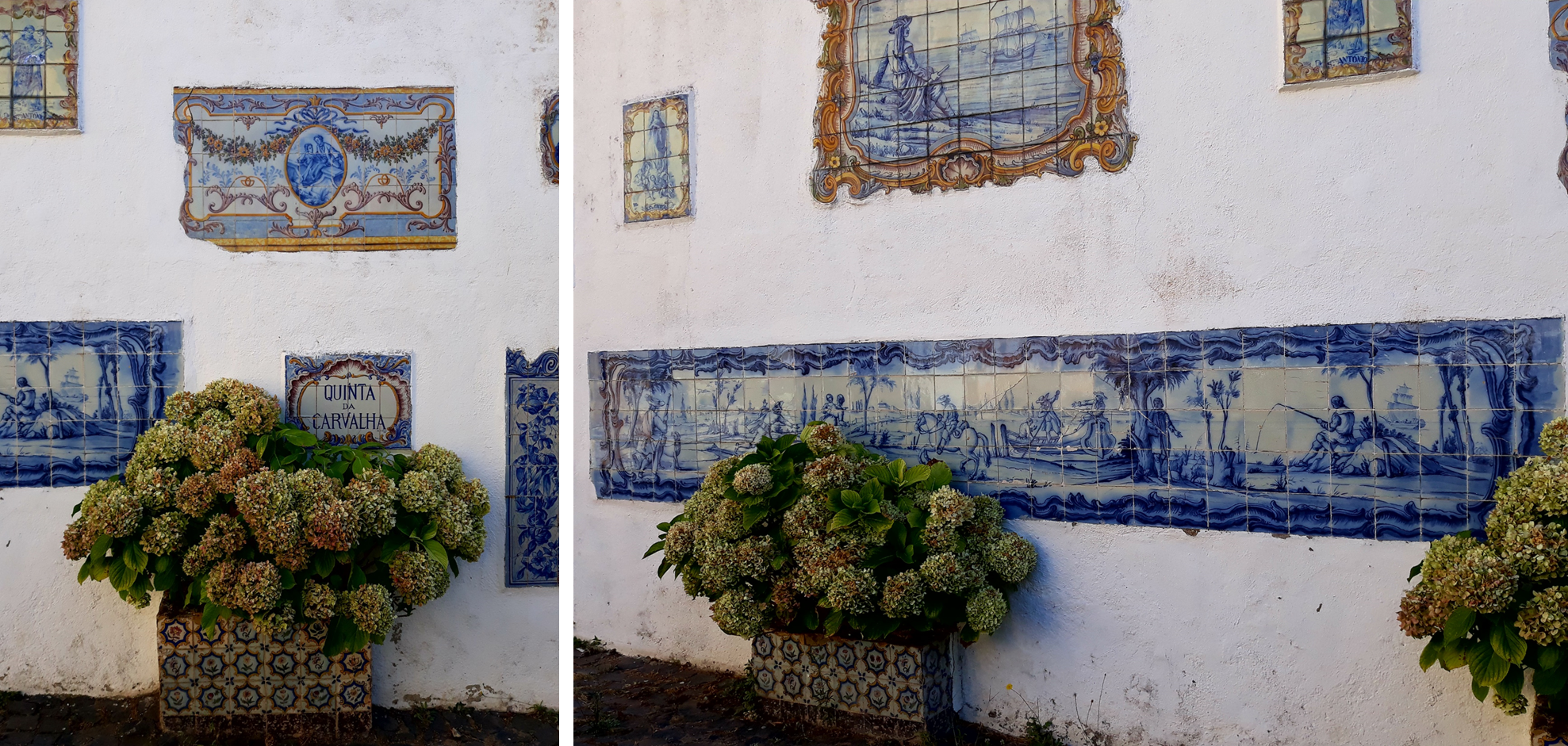
But let’s go back to the earthquake that occurred in 1755, which almost destroyed the entire city of Lisbon. Immediately, the Marquis of Pombal, initiated a program of reconstruction of the city. It was at that time, that Portuguese tiles became fashionable, in part, due to its cheaper price, compared to other substitutes, such as stone. As the demand for this type of product increased, the small ceramic factory was forced to start producing decorative tiles that would be part of the decoration and coating of churches, palaces, monasteries, fountains and stately homes.
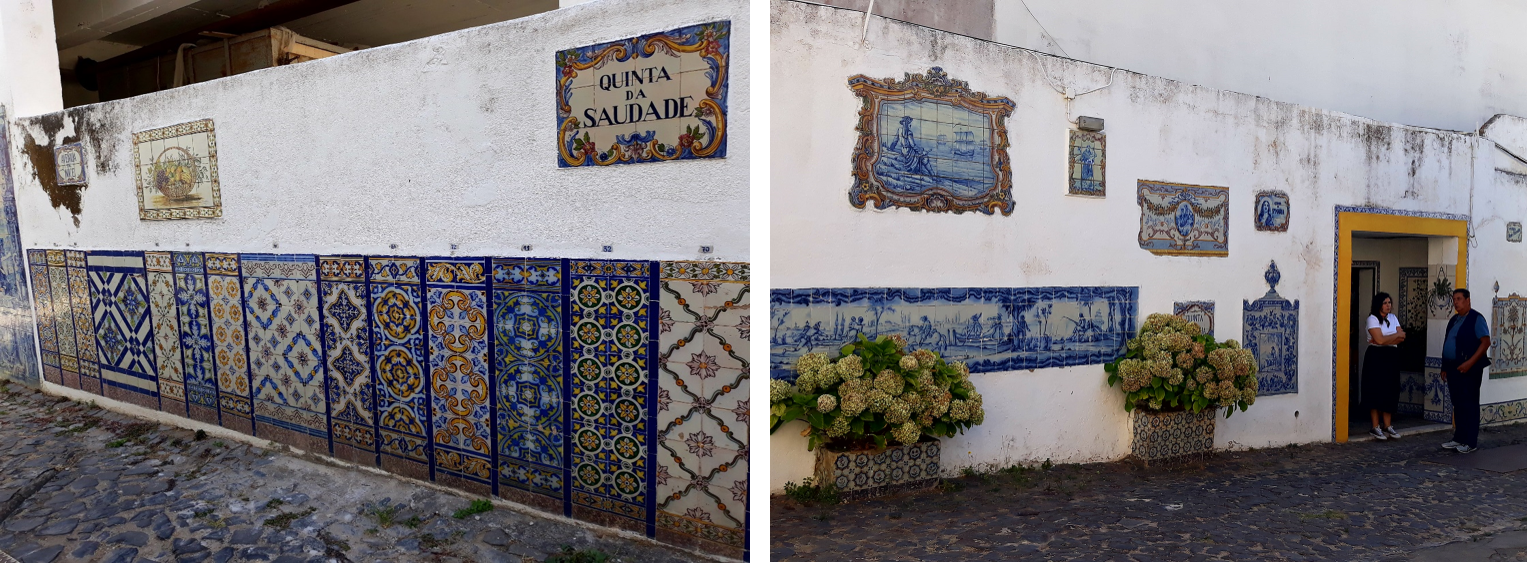
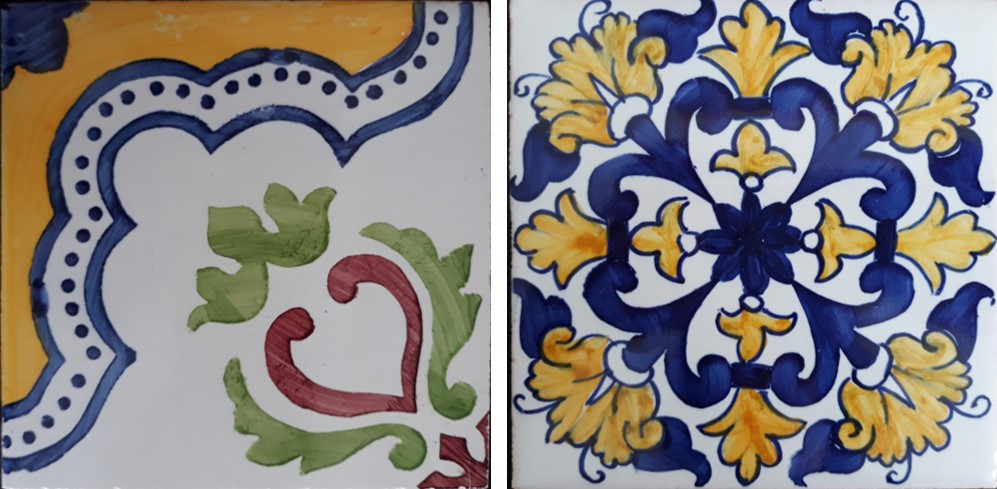 The Tiles and Ceramics of Sant’ Anna are produced totally using handmade methods, from clay preparation to glazing and painting, using the same processes since its foundation in the mid-eighteenth century. Its artistic quality is recognized by the decoration and the distinct painting thus giving all its products and works the quality and singularity of the great factories of world-wide prestige.
The Tiles and Ceramics of Sant’ Anna are produced totally using handmade methods, from clay preparation to glazing and painting, using the same processes since its foundation in the mid-eighteenth century. Its artistic quality is recognized by the decoration and the distinct painting thus giving all its products and works the quality and singularity of the great factories of world-wide prestige.
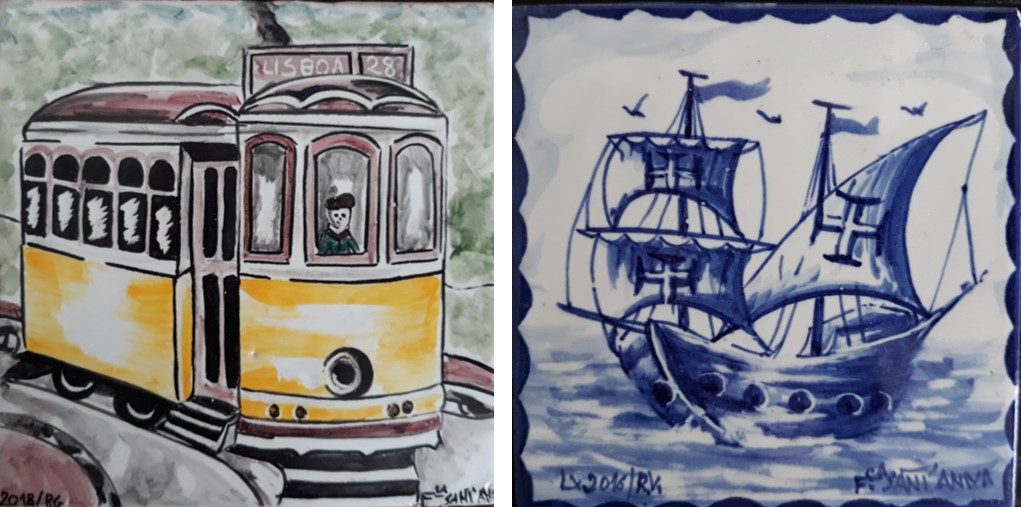
The antiquity in the market of the Tiles and Ceramics of Sant’ Anna, together with their experience and technical knowledge, allow them to successfully restore the oldest works of Portuguese ceramics, which are valued as historical heritage.
